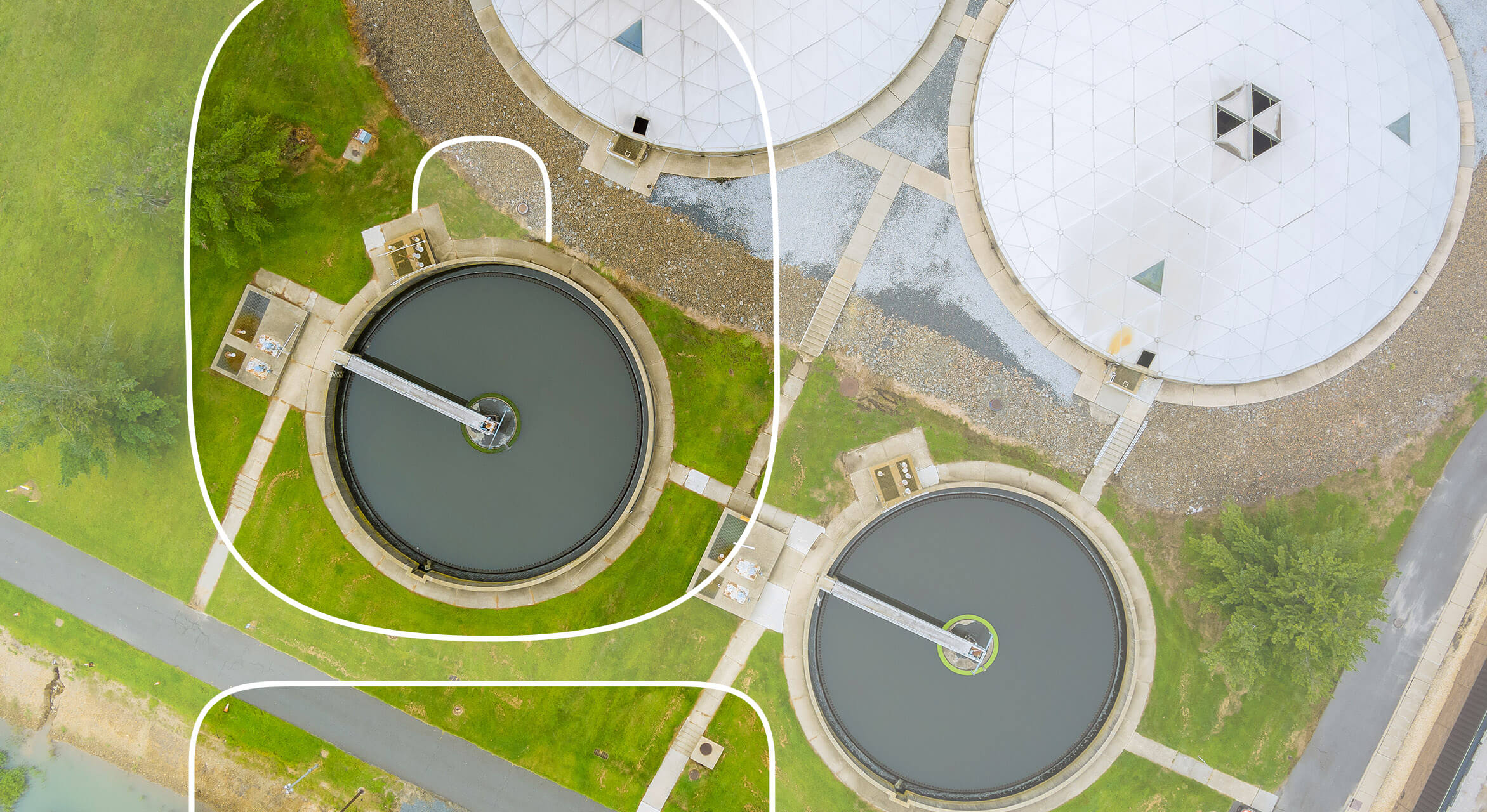Why Selecting the Right Wastewater System is Essential for Your Property
Why Selecting the Right Wastewater System is Essential for Your Property
Blog Article
Understanding Wastewater Therapy Processes and Their Environmental Influence
The details of wastewater therapy processes play a critical duty in mitigating environmental difficulties associated with water contamination. Each phase, from preliminary to sophisticated treatments, is developed to resolve specific impurities, eventually guarding both public wellness and marine communities.
Introduction of Wastewater Therapy
Just how is wastewater changed into a risk-free resource for the setting? Wastewater treatment is an essential procedure designed to remove impurities from used water, thereby guarding public health and protecting ecological communities. This process begins with the collection of wastewater from household, commercial, and business sources, which is after that guided to treatment centers.
At these facilities, numerous physical, chemical, and biological techniques are used to deal with the wastewater. Subsequently, organic therapies, such as activated sludge procedures, make use of microorganisms to break down natural matter.
The treated effluent can be securely discharged right into all-natural water bodies or recycled for watering and industrial objectives, advertising resource conservation. In addition, the treatment process creates biosolids, which can be repurposed as fertilizers or dirt amendments, additionally boosting sustainability.
Stages of Treatment Procedures
The wastewater treatment procedure normally includes 3 main phases: initial, primary, and secondary treatment. Each phase offers a distinct role in lowering the pollutant load and making certain the effluent satisfies ecological requirements before discharge.

The primary treatment stage concentrates on the physical splitting up of suspended solids from the wastewater. Through sedimentation, heavier bits resolve at the bottom of sedimentation storage tanks, forming sludge, while lighter products, such as oils and oils, float to the surface area and are skimmed. This procedure considerably lowers the natural and inorganic tons in the wastewater.
Secondary treatment is a biological procedure aimed at more minimizing the concentration of raw material. Numerous methods, consisting of turned on sludge systems and trickling filters, utilize microorganisms to metabolize natural contaminants. This stage is crucial for accomplishing the required biochemical oxygen demand (FIGURE) decrease, inevitably leading to cleaner effluent all set for discharge or further treatment. Each phase is crucial in safeguarding ecological and public wellness.

Advanced Treatment Technologies
Adhering to the second treatment procedures, progressed therapy modern technologies play a crucial duty in more improving the quality of treated wastewater. These innovations are made to remove residual impurities that are not efficiently eliminated throughout primary and secondary treatments, making certain the effluent satisfies rigorous governing criteria.
Among the extensively utilized advanced treatment methods are membrane purification, reverse osmosis, and progressed oxidation link processes. Membrane filtering, including microfiltration and ultrafiltration, works in dividing fine bits, pathogens, and colloids from the water (Wastewater). Reverse osmosis utilizes semi-permeable membranes to get rid of liquified solids, resulting in top notch water suitable for different applications
Advanced oxidation procedures (AOPs) use strong oxidants to degrade organic pollutants, consisting of drugs and individual care products that are immune to conventional treatment. These techniques enhance the biodegradability of complicated substances, promoting their elimination.
One more significant modern technology is making use of organic nutrient removal processes, which particularly target nitrogen and phosphorus, avoiding eutrophication in receiving water bodies. Generally, sophisticated treatment innovations are necessary for achieving higher look at this site degrees of purification, advertising water reuse, and protecting public wellness while resolving the challenges linked with wastewater management.
Ecological Advantages of Therapy
Numerous environmental benefits emerge from reliable wastewater treatment procedures that add to ecosystem health and wellness and sustainability. Largely, these processes dramatically reduce the release of hazardous toxins into all-natural water bodies, which assists maintain water environments. By removing pollutants such as heavy steels, nutrients, and virus, treated wastewater reduces the risk of waterborne illness and advertises biodiversity in aquatic settings.
Additionally, wastewater therapy facilities frequently utilize advanced technologies that enable water recycling and reuse. This practice not only saves freshwater sources but additionally reduces the need on all-natural water products. Improved nutrient removal from wastewater can also stop eutrophication, a process that brings about algal blossoms and succeeding oxygen exhaustion in water systems.
In addition, effective treatment processes can lessen greenhouse gas exhausts, specifically methane and laughing gas, which are commonly released during neglected wastewater decomposition. By recording and making use of biogas from anaerobic digesters, facilities can convert waste right into sustainable Your Domain Name power, thereby adding to a decrease in fossil fuel dependency.
Challenges and Future Trends
While the ecological benefits of wastewater therapy are clear, a number of difficulties persist that hinder optimal results in this field. One significant issue is maturing framework, which often causes inadequacies and boosted operational expenses - Wastewater. Numerous treatment plants were created decades ago, and their capacities do not line up with contemporary needs, that include stricter governing requirements and greater quantities of wastewater because of urbanization

Looking in advance, there is a growing emphasis on resource recovery and circular economy concepts within wastewater therapy. Innovations such as anaerobic food digestion, which can create biogas, and advanced purification technologies are gaining grip. These methods not just enhance therapy effectiveness yet likewise promote sustainability.
Eventually, attending to these obstacles requires cooperation among stakeholders, financial investment in technology, and a dedication to continuous research. By welcoming these trends, the wastewater treatment field can develop to meet the needs of a transforming environment and culture.
Verdict
Finally, wastewater therapy processes play a vital duty in improving environmental quality and public wellness. The multi-stage therapy structure, paired with innovative modern technologies, properly minimizes contamination and promotes lasting water administration. By addressing residual impurities and reducing nutrient overflow, these processes add to the preservation of marine environments and the decrease of greenhouse gas exhausts. Continued developments and adjustments in treatment approaches will certainly be vital for conquering arising difficulties and making certain the sustainability of natural deposits (Wastewater).
Report this page